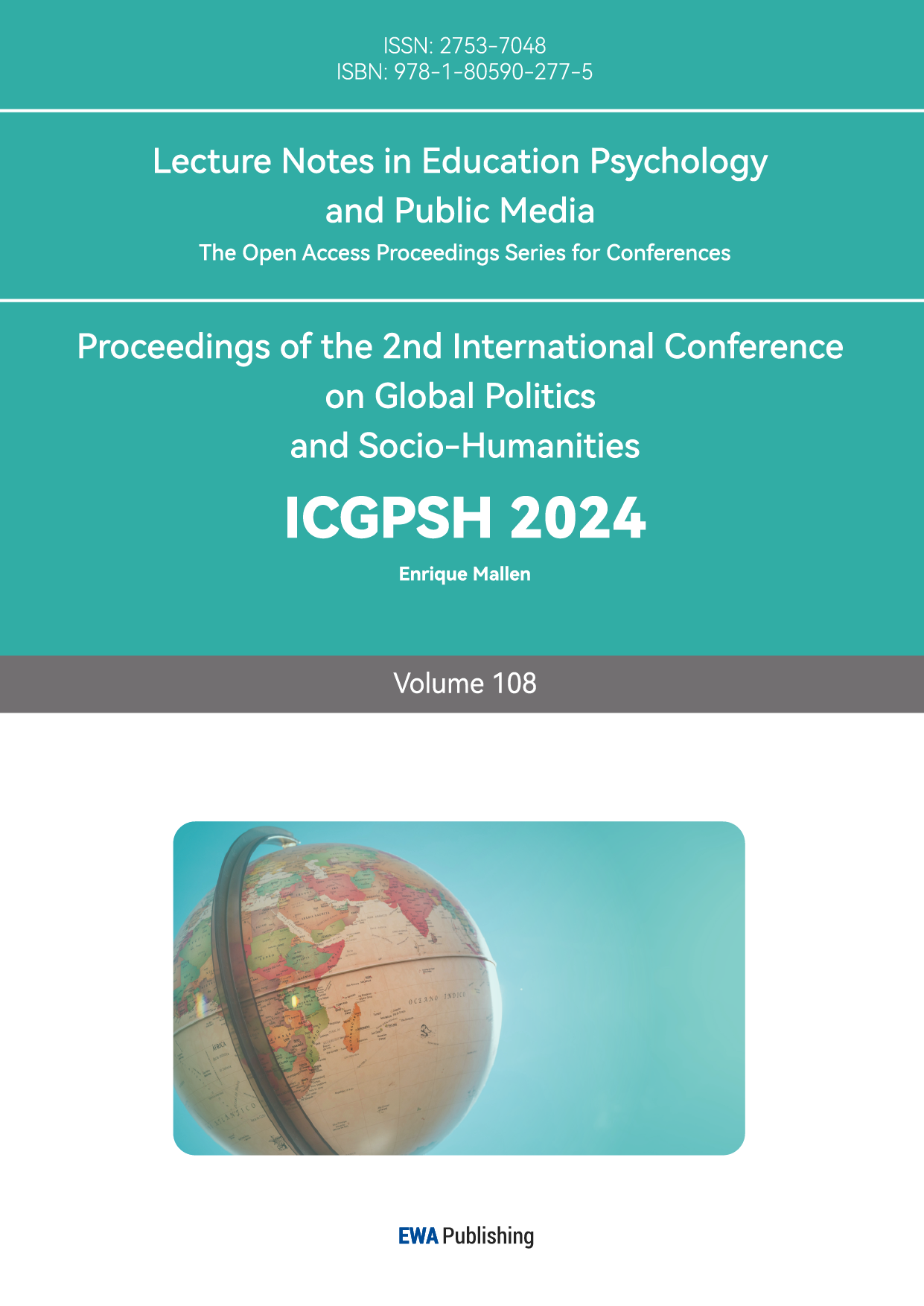References
[1]. Wikipedia Contributors. (2019, March 12). Attachment theory. Wikipedia; Wikimedia Foundation. https: //en.wikipedia.org/wiki/Attachment_theory
[2]. Rholes, W. S., Simpson, J. A., & Friedman, M. (2006). Avoidant Attachment and the Experience of Parenting. Personality and Social Psychology Bulletin, 32(3), 275–285. https: //doi.org/10.1177/0146167205280910
[3]. Wilhelmsson Göstas, M., Wiberg, B., Engström, I., & Kjellin, L. (2012). Self-reported anxious- and avoidant-related attachment correlated to interpersonal problems by patients starting psychotherapy. E-Journal of Applied Psychology, 8(1), 9–17. https: //doi.org/10.7790/ejap.v8i1.261
[4]. Schrage, K. M., Le, B. M., Stellar, J. E., & Impett, E. A. (2022). Feeling Appreciated Predicts Prosocial Motivation in Avoidantly Attached Individuals. Personality and Social Psychology Bulletin, 014616722211225. https: //doi.org/10.1177/01461672221122515
[5]. Auger, E., Thai, S., Birnie-Porter, C., & Lydon, J. E. (2024). On Creating Deeper Relationship Bonds: Felt Understanding Enhances Relationship Identification. Personality & Social Psychology Bulletin. https: //doi.org/10.1177/01461672241233419



